6. Prince of the City (1981, Sidney Lumet)
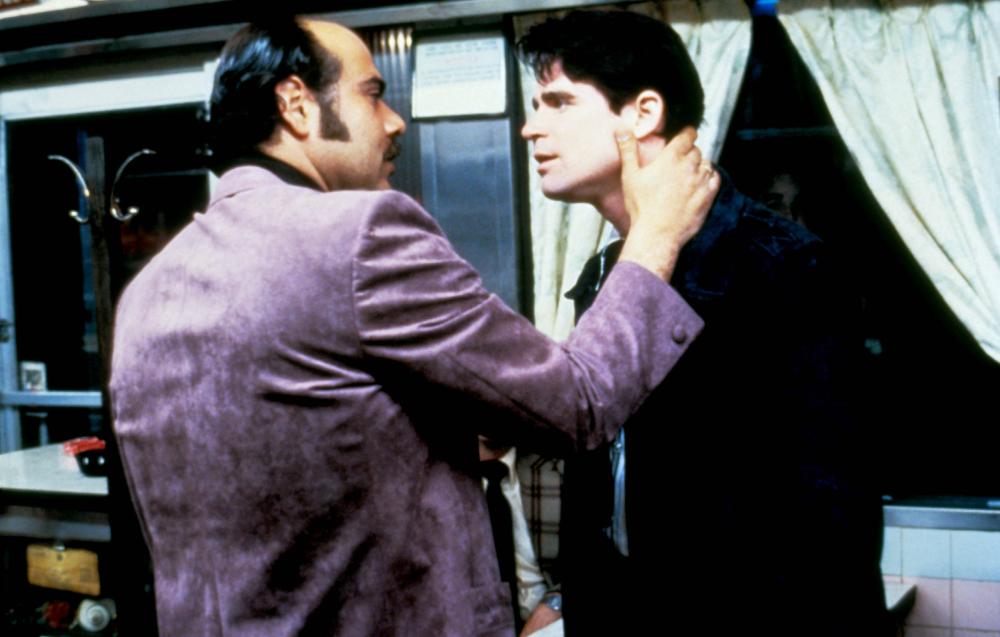
Few directors in history can claim to have made more films in the Big Apple than Sidney Lumet. Out of the sea of veritable masterpieces he churned out, a handful of New York-based productions stand out. Among those favored by Scorsese are his courtroom drama ’12 Angry Men’, Brooklyn heist movie ‘Dog Day Afternoon’ and Greenwich Village morality play ‘Serpico’. Though largely swept under the rug, it’s his criminally underrated 1981 crime epic that takes the cake as the Italian-American’s personal favorite.
Cut from the same cloth as his 1973 Pacino-led whistleblower drama, ‘Prince of the City’ zeroes in on a morally compromised narcotics officer caught in a vortex of conflicted loyalties as he decides to help investigators prosecute his fellow partners within the NYPD. The film casts an unwavering eye on the institutional rot that corrodes every underlying infrastructure of power in America, and the steep price one has to pay to put an end to it.
Scorsese paid tribute to the Oscar-nominated director in a statement following his passing in 2011: “Lumet was a New York filmmaker at heart, and our vision of this city has been enhanced and deepened by his classics. It’s hard to imagine that there won’t be any more new pictures by Sidney Lumet, which is all the more reason to take good care of the ones he left behind.”
7. The Hustler (1961, Robert Rossen)
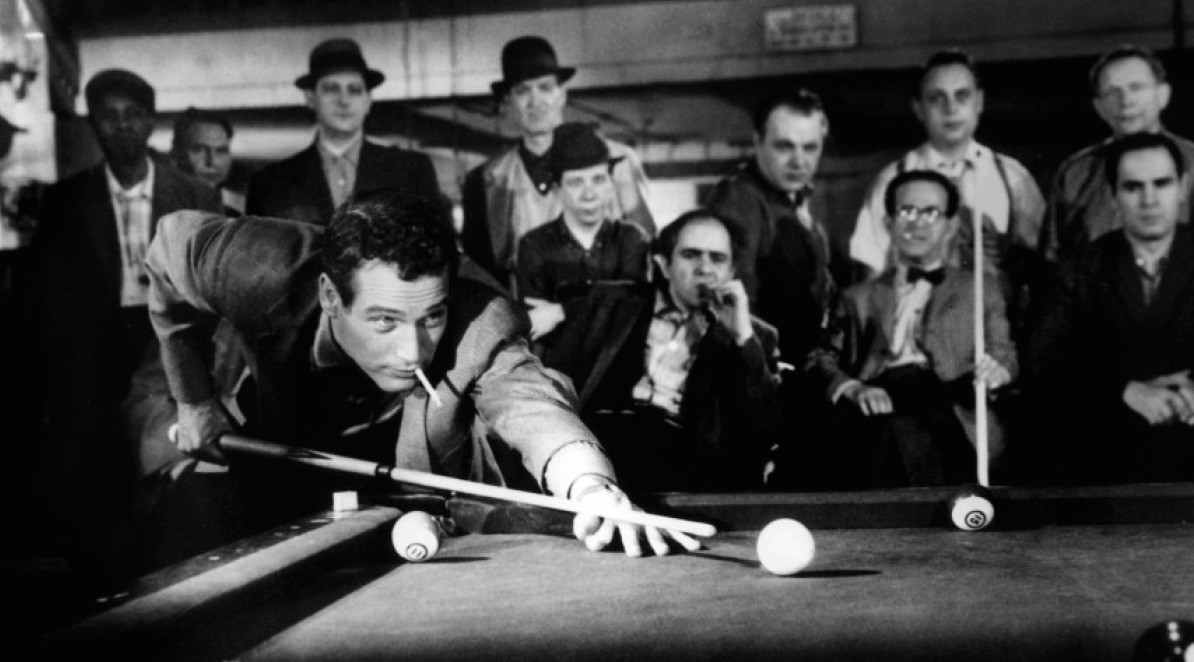
A guide through the warrens of New York’s gas-lit streets and smoky nightclubs, ‘The Hustler’ thrusts us into a crime-filled world of small-town grifters and scrappy criminals all desperately looking for their next score. Paul Newman has rarely been as effortlessly convincing as the sly pool shark Eddie Felson, a perpetual loser with a constant chip on his shoulder and a burning desire to win at all costs. Even though he’s a self-serving, manipulative and erratic individual, he’s the kind that you can’t help but cheer for as you watch him paddle frantically to keep his head above water.
The legendary actor reached out to Scorsese to inquire about a potential follow-up. “Eddie Felson,” he said during the phone call. “He reminds me of the characters that you’ve dealt with in your pictures. And I thought more ought to be heard from him.” The rest is history — Marty would eventually take the helm to direct a legacy sequel 25 years later (the 1986 ‘The Color of Money’), with Newman co-starring as Fast Eddie, who decides to show his young pupil (Tom Cruise) the ropes.
8. Rear Window (1954, Alfred Hitchcock)
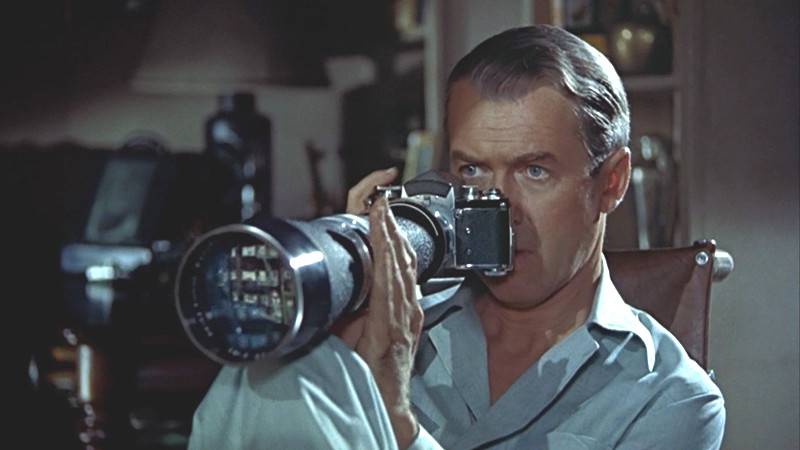
In 1954, the master of suspense tapped into the voyeur on all of us by inviting his audience to peep through the window of L.B. Jeffries’ Greenwich Village apartment building, gazing across his courtyard and observing the many lives of his fellow neighbors before witnessing what might (or might not be) a murder cover-up.
For Scorsese, ‘Rear Window’ is a film he can watch again and again without diminishing results. “The story doesn’t matter, you know all the facts, the plot, you know what’s going to happen.” The director argues that the reason why it only deepens and broadens with each repeated viewing can be attributed to Hitchcock’s direction — “where he aims the camera, what he puts in the frame, how he moves it, the use of color…” — and Jimmy Stewart’s character. “Morally, he’s on the edge. Should he be doing what he’s doing? It’s none of his business. What kind of a guy is this? And he’s our hero! You like him because he’s a very genial guy at the beginning of the film, but he goes off on some perverse trip. Only Stewart could’ve pulled it off.”
9. Bad Lieutenant (1992, Abel Ferrara)
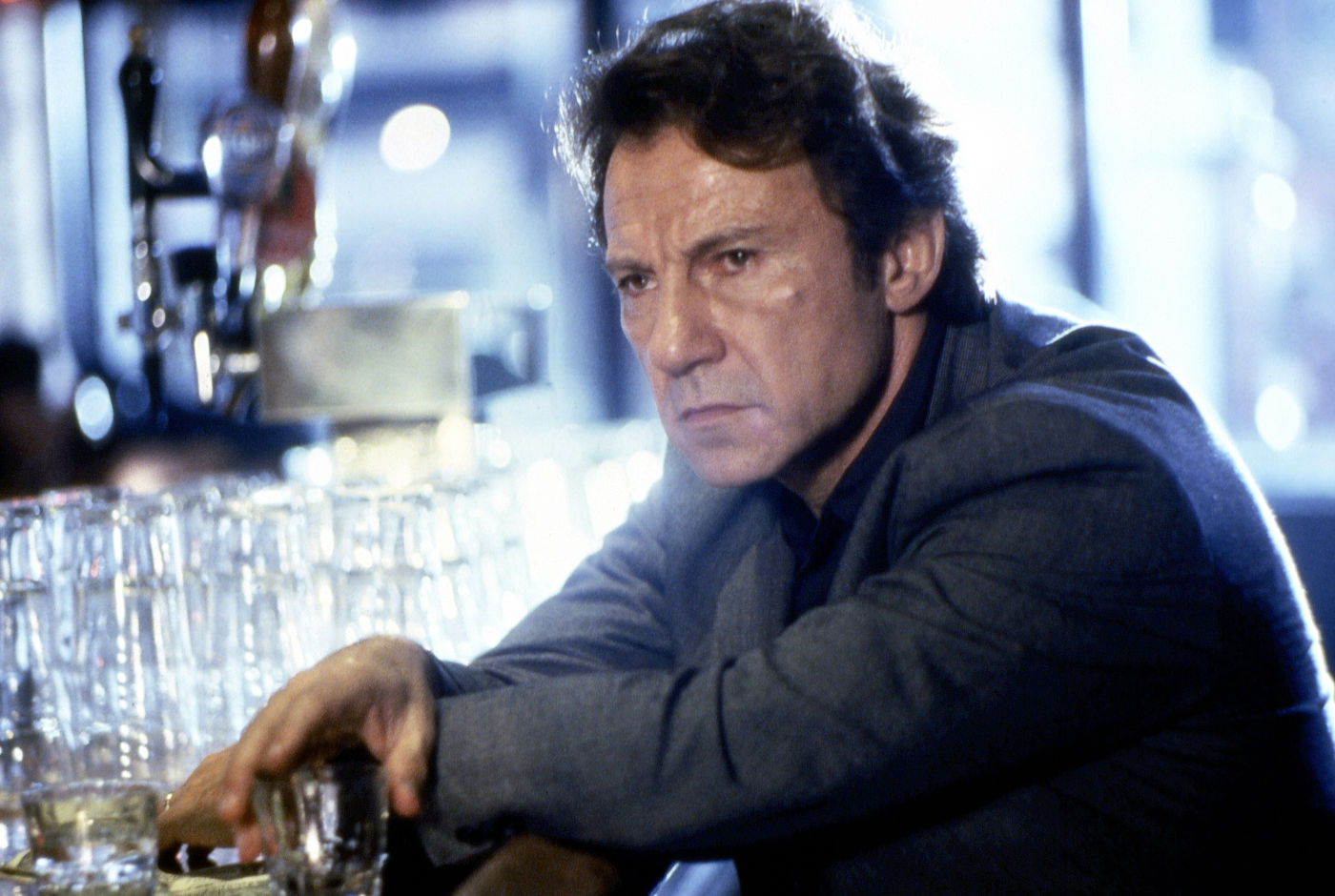
There are few sights in modern cinema more achingly painful and chilling to sit through than the scene in which an innocent nun is brutally raped onscreen in ‘Bad Lieutenant’. Yet again, embellishment or delicacy are not exactly known to be Abel Ferrara’s fortes. Bolstered by a poignant turn by Harvey Keitel — frequent Scorsese collaborator — as a burned-out cop and lapsed Catholic desperately looking for absolution, ‘Bad Lieutenant’ is an uncompromising character study that revels in the grimy corners and sleazy environments of New York City, aimlessly cruising through a concrete jungle as if it was some kind of cursed purgatory.
Sin and vice lurk around every corner it seems, with our morally dubious crusader guiltily indulging on all sorts of debauchery, unhinged gambling sprees, prostitution, and coke binges. Keitel’s character is a caged beast with a heavy conscience and a violent rage boiling underneath, not unlike De Niro’s ‘God’s lonely man’. From the self-destructive behavior to the dissection of Catholic guilt, ’Bad Lieutenant’ ticks off many of Scorsese’s itches and trademark obsessions, which might explain why he ranked it as his fifth favorite movie of the 1990’s during an episode on Roger Ebert’s show. “Harvey Keitel is always taking risks as an actor, but in this particular film, he really reached his prime.”
10. Force of Evil (1948, Abraham Polonsky)
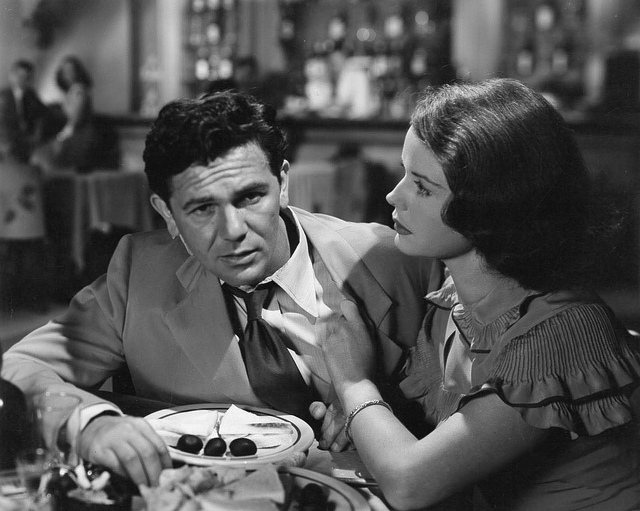
Closing things off, we turn to a rough-edged noir steeped in fatalistic nihilism and different shades of moral grays that splits its focus between a pair of troubling siblings — a crooked lawyer and his honest older brother — who get entangled with the local mob while running a racketeering scheme.
Martin Scorsese discussed ‘Force of Evil’ with critic Kent Jones in a commentary track for Criterion, professing his love for the movie and suggesting it made a major impact on his life. The director claims that it was the first film he remembers seeing “that applied directly to a world that I knew and saw.” The 1948 noir heavily features New York landscapes Martin grew up shuttling between, from the Brooklyn bridge and the roadways to the rocky coastal area. “One of the key things in watching that film was identifying the places where it was shot, those five or six location scenes. When we saw those locations, that made it ours, it happened to us, and it happened right here. And there’s the proof.”